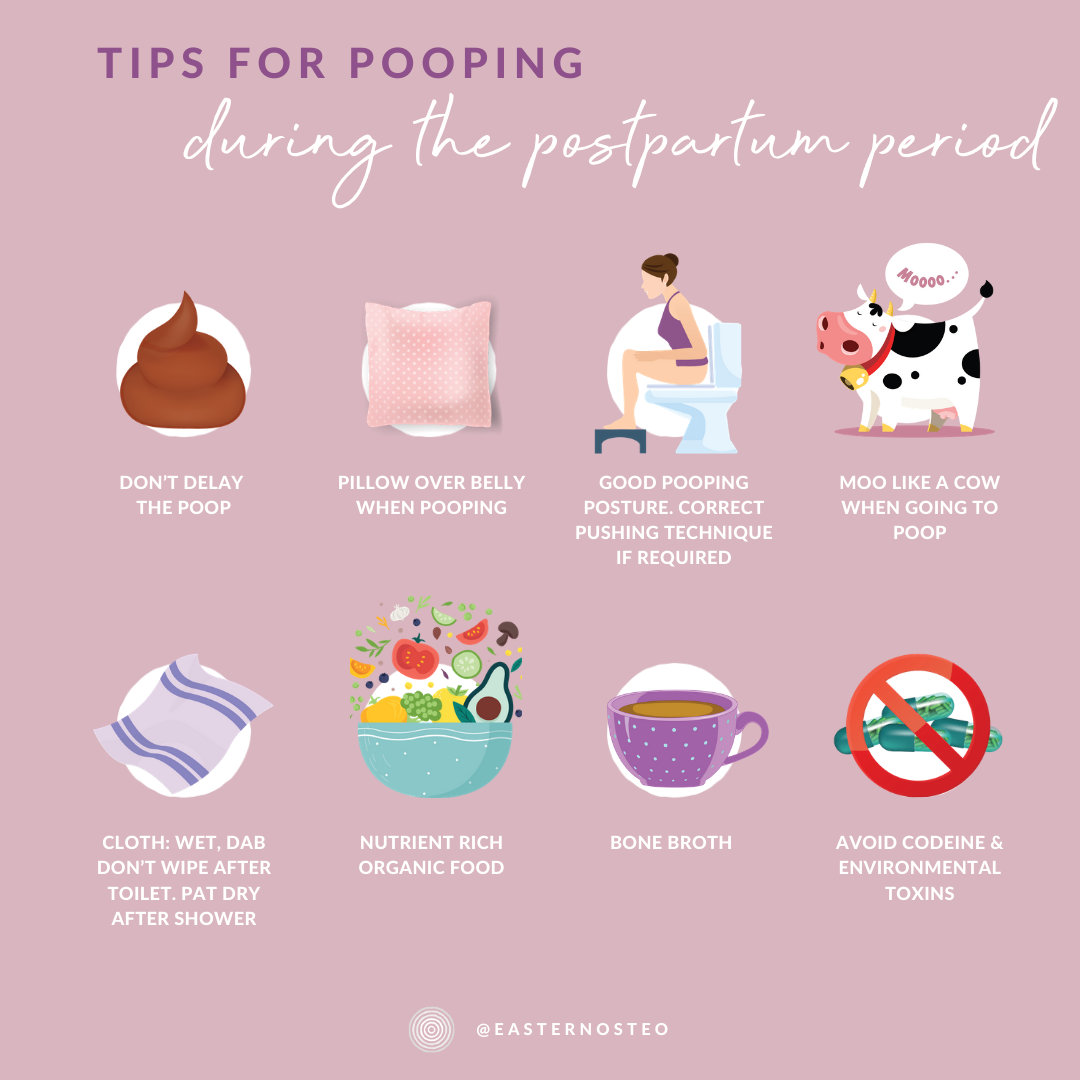Constipation is a bowel condition that is estimated to affect approximately 20% of people. Typical symptoms include less than three bowel movements a week, where the consistency of the stool is dry and hard making it difficult to pass. The sensation of incomplete emptying can be a common complaint for those with constipation.
What causes constipation?
Constipation occurs when our waste moves through our digestive tract too slowly or the stool cannot be eliminated effectively from the rectum. When this happens stool becomes more solid, dryer and even harder to pass.
The pelvic floor and constipation.
Today let's talk about the pelvic floor and the important role it plays in helping you to eliminate a stool. For many this happens naturally and there is no need to think about it. But if you have dyssynergy of your PFMs (puborectalis - PR) they become uncoordinated making it difficult to have a bowel movement.
Why is coordination of the Pelvic Floor Muscles so important for a bowel movement?
It is increasingly recognized that pelvic floor dysfunction can cause difficulty with bowel movement and constipation.
The puborectalis (PR) muscle originates from the pubic bone and wraps around the bowel, by doing so it creates a kink in the bowl. This kink works as part of our continence system. When the timing is right and you're getting ready to expel a bowel movement the PR muscles should relax in a coordinated manner, this straightens the back passage and with a strong propulsion through the rectum should allow for easy expulsion of the stool.
Up to 50% of those who are chronically constipated have dyssergy of their PR. This means that either the PR is unable to relax or it reflexly contracts rather than relaxes with a bowel movement. This results in constipation.
How do I treat constipation?
Our Osteopaths will work alongside your current health care providers to produce an individualized treatment plan, they use a variety of techniques to help your pelvic floor muscles relax and with biofeedback techniques teach you how to effectively bear down.
Osteopaths work with your breath and facial system to help relieve any tension within the abdominal region restricting movement of your bowel. Then, through education, work with you to create a healthy bowel routine, defecation training, ensure good toilet habits using correct posture/stool and breathing strategies while having a bowel movement.
Tips to Improve Constipation at Home
Stop and chew your food. No rushing.
Drink adequate water
Eat a variety of fibrous foods.
Exercise regularly
Abdominal massage
Spend time outside each day
Use a stool when sitting down for a bowel movement.
Relax the rectum when sitting on the toilet, allow your perineum to bulge.
Keep your mouth and jaw relaxed.
Use low toned sounds - oooooo cha.
Never delay a bowel movement.
Relaxed breathing
Don’t strain - use correct breathing strategies.
Avoid negative self talk when toileting.


